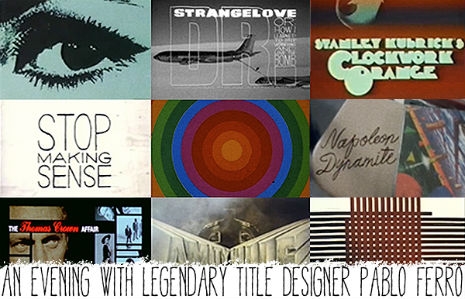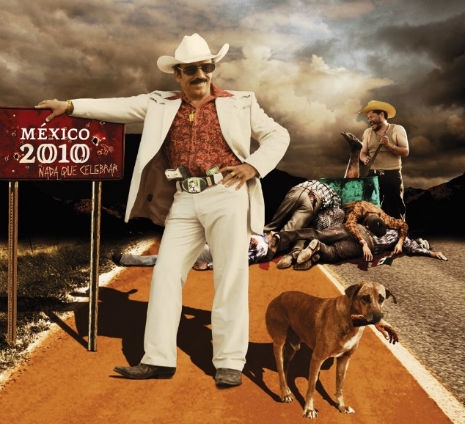
Dangerous Minds, reporting from Fantastic Fest in Austin…and loving it.
Released last year in Mexico during the country’s bicentennial celebration, El Narco (aka El Infierno) is the cinematic equivalent of a turd in the punchbowl. Director Luis Estrada’s intimate and epic gangster film is a brutal, darkly funny and deeply cynical exploration of the illegal drug industry that is reducing a great country into a decimated war zone. Estrada clearly feels that in 2010 there was little to celebrate in Mexico. And it’s getting worse. This was not exactly the film Mexican authorities wanted as part of its glorious national celebration.
In a resounding “fuck you” to the those who tried to thwart the film’s release, El Narco became a critical and commercial success in Mexico and it is easy to see why. Like the Godfather or De Palma’s Scarface, El Narco tells a story that is filled with melodrama, violence and tragedy and it does so with operatic grandeur and a brash attitude. What separates Estrada’s film from Coppola’s and De Palma’s is in its sense of place, a landscape that can be as unforgiving as it is beautiful, a place where men are dwarfed by forces they cannot control, where stretches of highway seem to go on forever and a dead pickup truck is the only sign of civilization.
With its characters struggling against harsh realities meted out by a ruthless God, man and fate, El Narco occasionally looks and feels like a Sam Peckinpah film. As I watched the movie, I could imagine seeing Warren Oates from Bring Me The Head Of Alfredo Garcia walking into the frame holding his blood-encrusted, fly-specked bag. Estrada shares Peckinpah’s knack for peeling back the facade of a kind of ludicrous machismo that conceals the fear within the gangster mentality. Underneath the bling bling, big guns and bigger talk lurks men who tremble at an unexpected knock at the door, who deceive and are betrayed, who kill to keep from being killed… and the killers can be anyone at anytime. If the drug wars end it may not be because of any political or legal agenda, it may be the result of a bigass, collective, self-inflicted gunshot wound. Wait long enough and these fuckers may end up wiping themselves out. Except, as Estrada sees it, there is a younger generation just waiting to fill those dead men’s boots.
Throughout El Narco a Greek chorus of narcocorrido songs, drug ballads, comment upon and serve as ironic counterpoints to the action. Narcocorridos depict the drug lords as folk heroes, bigger-than-life figures that instill a kind of perverted national pride in Mexico’s youth. The songs serve the same cathartic function as old school gangster rap did for Black kids in the States two decades ago. For many young Mexican men, the choices are slim to none -deal drugs or make a run for the border. Either way, you end up enslaved. The ballads tell the tale but tend to glorify the gangster life in an all too familiar way, the difference lays in tradition, accordions instead of beat boxes.
The drug dealers in El Narco exude the seductive aura of money and power, implacable as Aztec gods, but in actuality they’re just expendable foot soldiers, as easily blown away as a line of cocaine in a sudden gust of wind. Estrada is very good at showing us the sweat beneath the swagger, laying bare just how pathetic and vulnerable these men are.
Although superior to most gangster movies, El Narco breaks no new ground. Its dramatic arc is tried and true, its narrative conventional. There is romance, intrigue, betrayal and cruel justice. It has fine performances, is beautifully photographed and emotionally engaging. It adheres to the rules of the genre. It had to. In order to get his message across, that Mexico is becoming a country run by drug dealing terrorists, Estrada had to smuggle it within a classic form of storytelling much like the folk songs spun by the singers of narcocorridos. El Narco is a song sung with the voice of a man who has seen the darkness on the horizon growing ever closer and who must keep singing.
El Narco has an American distributor and, after some foot dragging, is scheduled to hit theaters soon. Its an important film and a viable commercial prospect. Let’s get it out there.
Luis Estrada discussing El Narco after its screening at Fantastic Fest 2011.
Trailer for El Narco after the jump…
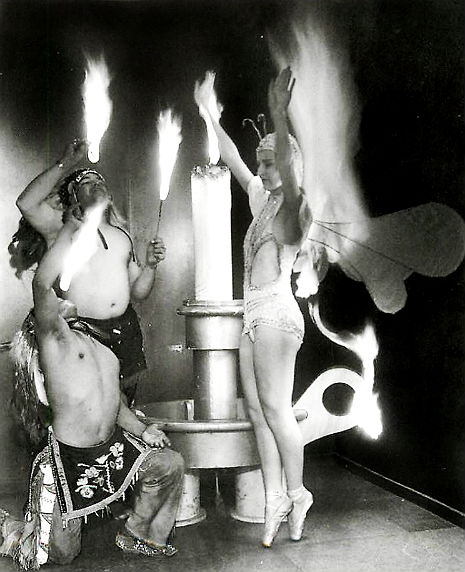







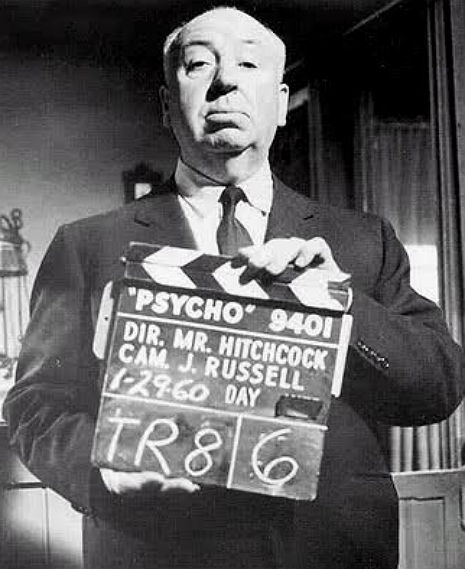


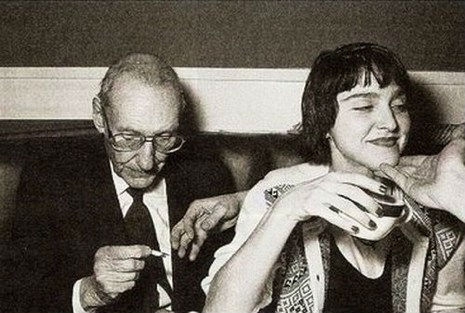

 A day in the FBI was never like this before! You are Special Agent Dale Cooper and you’ve found yourself trapped inside of the Black Lodge, a surreal and dangerous place between worlds.
A day in the FBI was never like this before! You are Special Agent Dale Cooper and you’ve found yourself trapped inside of the Black Lodge, a surreal and dangerous place between worlds.